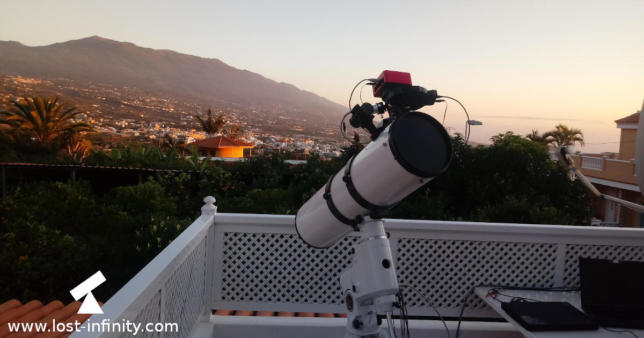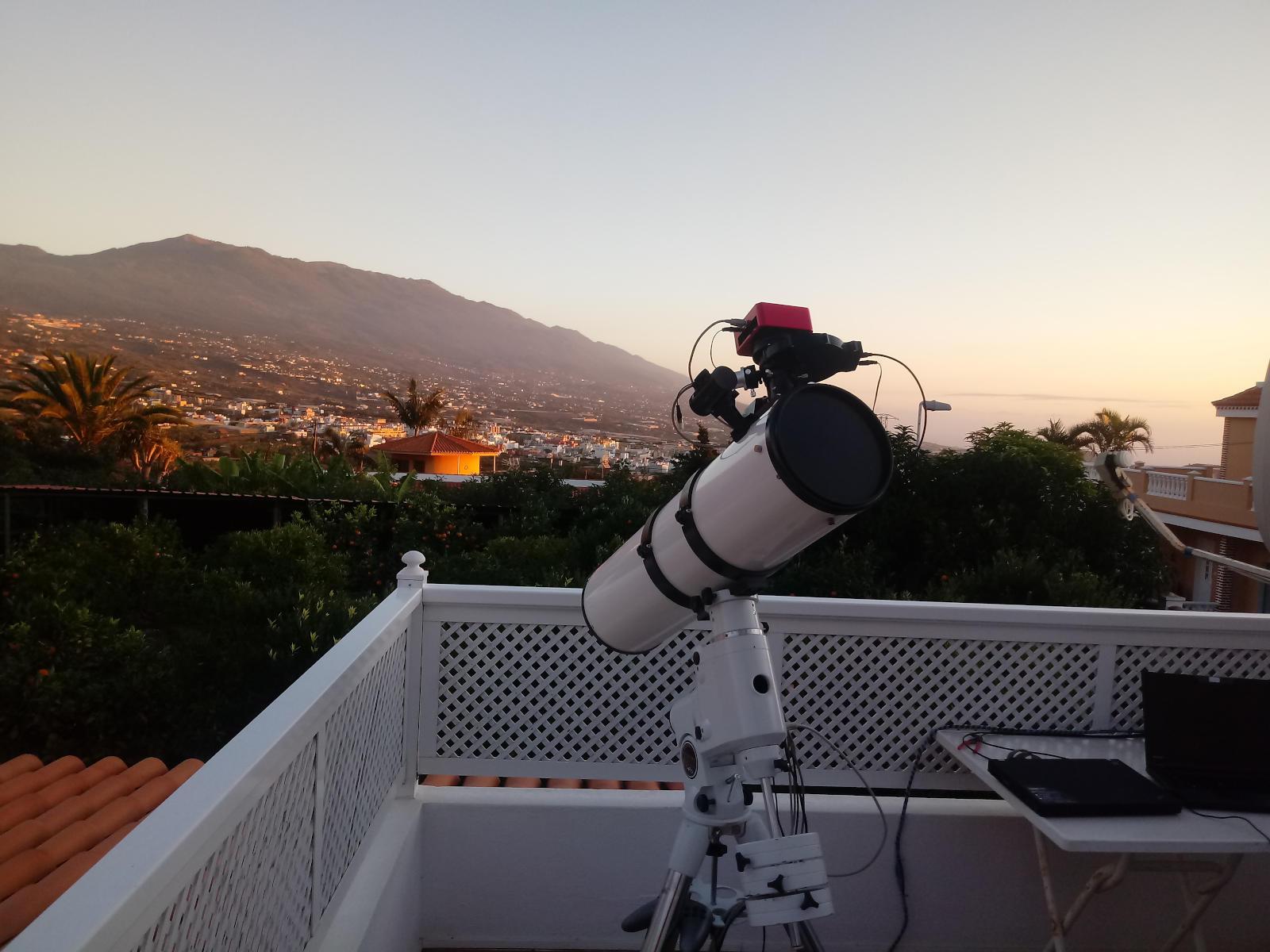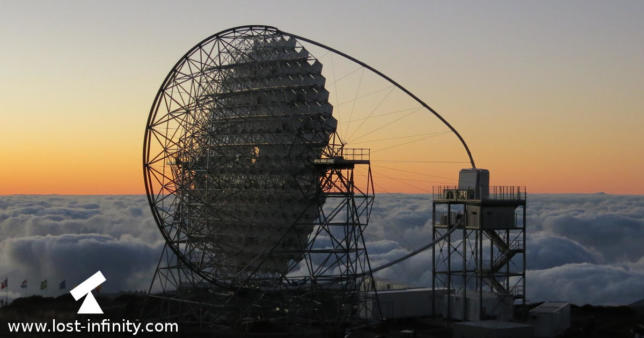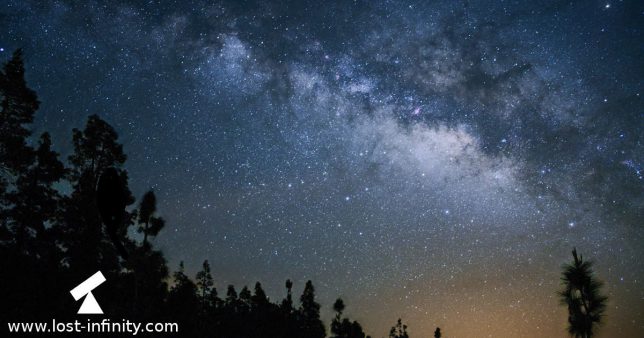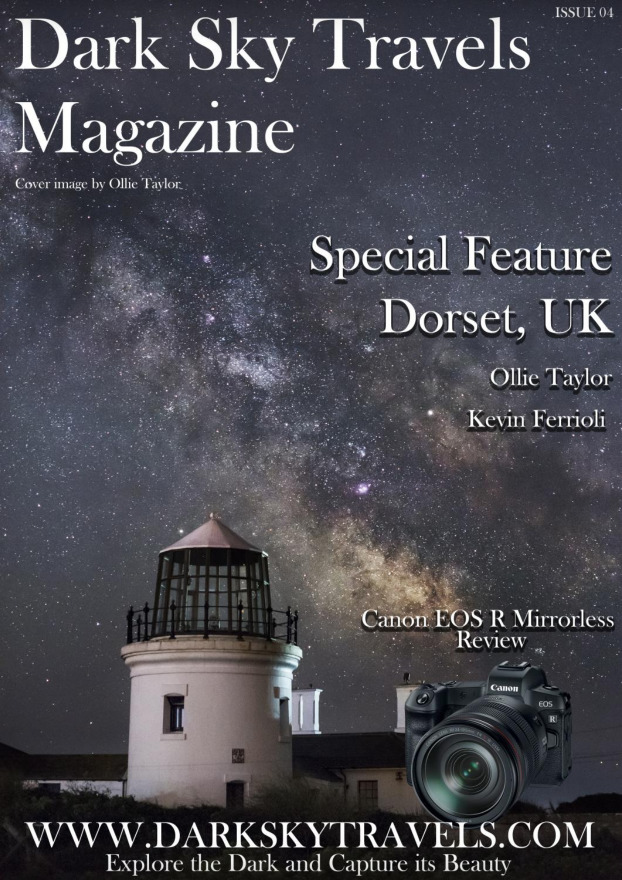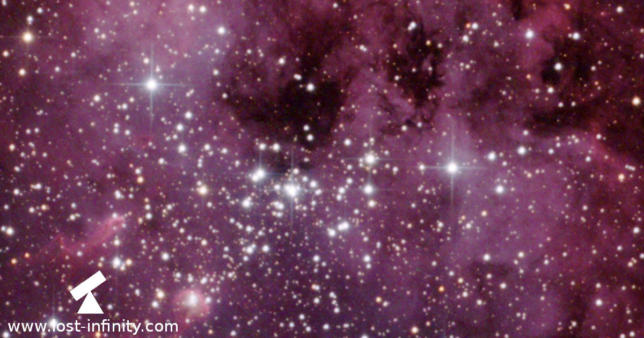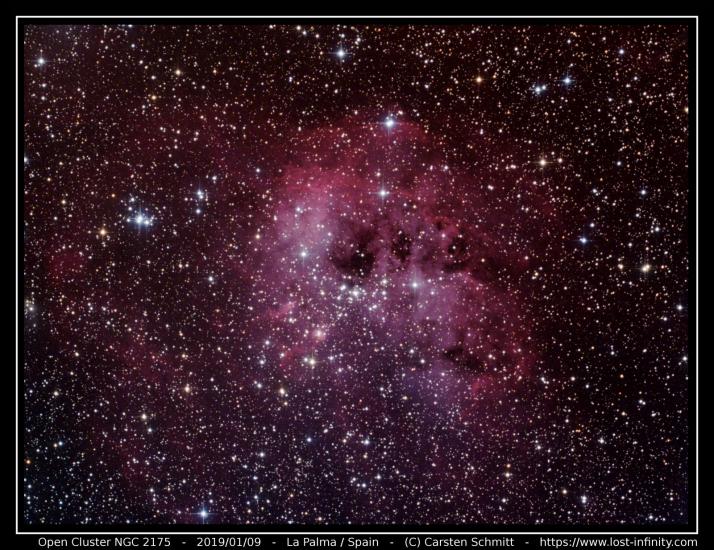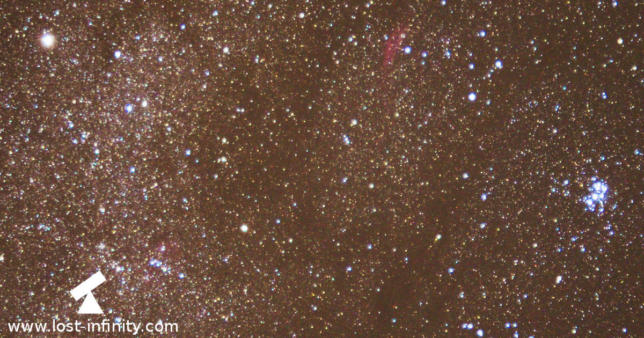Beginning with astrophotography can be a bit frustrating. You bought all the equipment and now you want to see some results. Now you are out there in the field. It is already getting dark and cold and you still have to get all the cables right… You still have to do the mount alignment and then you face some IT problems… When you fixed all that and you focused the camera, it is probably already dark and it is time to move the telescope to the object of desire.
You catch the first frame and… nothing but a couple of dots. You increase the exposure time but all you get are a few more and brighter dots. Your fingers are getting already stiff and you begin to ask yourself what you are actually doing out here. Your wife is at home on the warm and cosy sofa drinking a delicious cup of tea…. welcome to the world of astrophotography!
In this little article I want to present a few sky objects which are relatively easy to locate because they are so bright. This will usually help to locate the object and center it in the telescope. Even with small exposure times you already get astonishing results.
Continue reading →




























